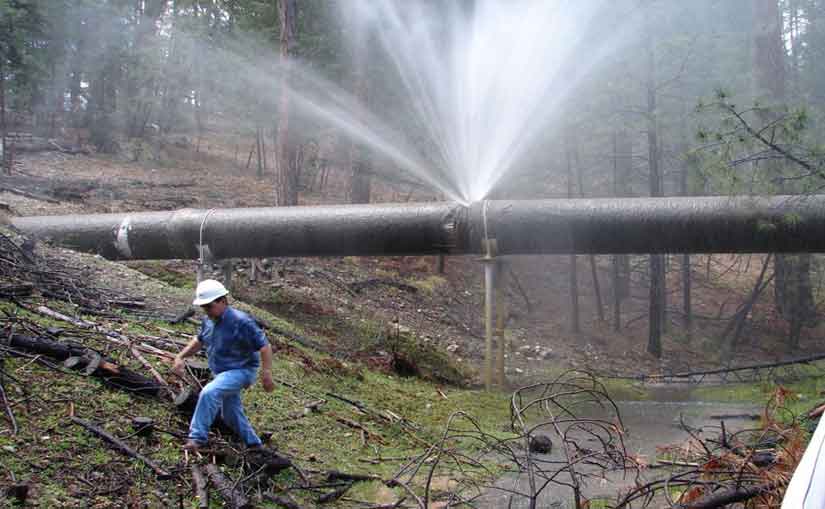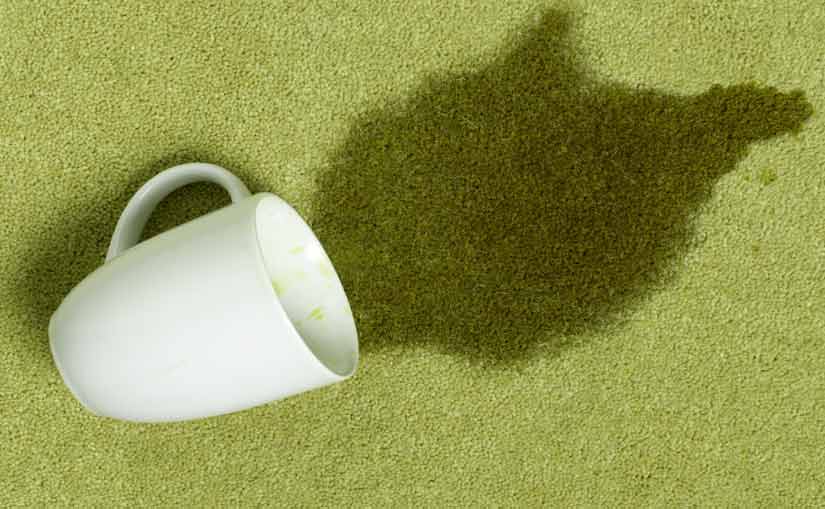Lateral Lines – An Introduction
Most of the households with a septic system present use a common method for disposing the wastewater that they generate, which is called as the lateral line or lateral field. Wastes from bathtubs, laundry, sinks, water softeners and toilets compose the majority of household wastewater. Generally, a lateral field scheme consists of a septic tank of 1000-gallon capacity and rock filled sequence of trenches. Given the fact that the process is slow, the lateral line system stocks excess wastewater. The parts of the septic system that fails most often is usually the lateral lines.
Given Below Are The Most Common Grounds For The Failure Of Lateral Lines:
1) Material damage to the system: Material damage caused to the septic system can lead to failure in any part of the same. You may find collapsed, clogged or broken lines. Physical damage may occur to the lateral lines if a driveway has been built over the lateral fields
2) Flooding of lateral lines due to excessive use of water: Lateral lines are meant to store and dispose excessive wastewater. However, if your home is utilizing water more than the normal capacity, then the lateral lines get flooded. In order to avoid this problem, check if you have any leaking toilets and faucets. Install your toilet bowls and shower heads with conservation devices. Bear in mind that even minor leaks can cause wastage of hundreds of gallons of water.
3) Wear and tear of the lateral line system: Depending on the quality of maintenance of the lateral line system, its lifespan of 15 to 20 years may increase or decrease. Consistently moving the lateral line area and pumping the septic tank in every three to five years can help properly maintain the lateral line system and increase its lifespan.
4) Flooding of lateral lines due to ground or surface water: The main purpose of a lateral line system is to dispose off wastewater. Your system may get flooded if surface water or ground water enters it. If during the rains, water puddles over the lateral field or if it runs crosswise the lateral lines or if the lateral lines are drained up by the gutters of your house, then the ground water could penetrate into the lateral lines of your house. Ground water entering your lateral lines is arduous to determine. If you feel that the groundwater is flooding your lateral line system, call septic experts to diagnose what might be going on.
Summary:
From the above given information, we can draw an inference that lateral lines are a vital part of the septic system present in our homes. Since they play a vital role in disposing excessive wastewater, it is very important to include maintainance as part of overall system care to keep the lateral lines functioning properly. If you keep in the mind that there are several reasons for the deterioration of lateral lines, namely physical damage, ageing and flooding due to ground water or excessive water usage, and take the necessary steps to avoid them, you can surely increase the lifespan of these critical septic system components.


